According to nutritionists, lima beans have a high content of dietary fiber, proteins, vitamins, iron, magnesium and more. Therefore, they are known to be an especially nutritious food with plenty of health benefits such as lowering your heart attack risk, reducing blood cholesterol and stabilizing blood sugar. Why don’t more of us grow lima beans right in our own gardens to consume every day? Growing lima beans is simple once you know how. Keep in mind the following tips and then you’ll be ready to begin right away.
Growing Lima Beans with 9 Simple Steps
Step 1: Choose a proper variety

Lima beans have two primary varieties: bush beans (determinate) and vine (pole) beans (indeterminate). Bush beans mature faster but their yield is lower than the other type. Compared to vine beans, the bushes are more suitable for growing in a container as they do not climb, so they don’t need to be staked. In order to make lima beans appear regularly on your dinner menu, you’ll need to grow from 4 to 8 plants in your garden, depending on the size of your family. Each variety has its pros and cons, so choosing which type depends on your own needs.
Step 2: Choose the right time and location
To grow lima beans, first you need to thoroughly understand their features.Lima beans cannot produce pods if temperatures are too cold. They grow best if temperatures are from 60°F – 70°F throughout their growing season. That is the reason why you should wait until the last frost has passed. It’s also important to situate your bean plants in a place that gets several hours of direct sunlight each day.
Step 3: Grow in fertile soil
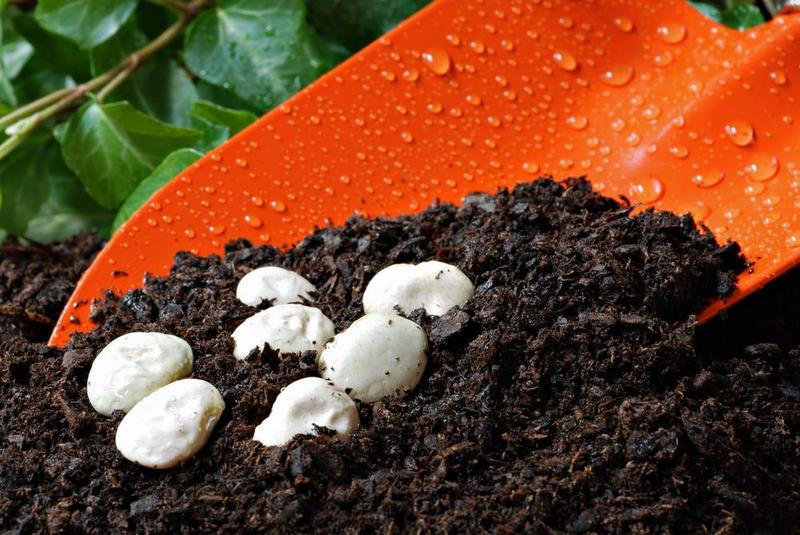
Ignoring soil condition is one of the most serious and most common mistakes people make in the process of growing lima beans. They flourish best in loose, fertile soil. The loose soil keeps them well-drained, and fertility will supply enough nutrients to replenish the needs of the rapidly growing bean plants. Before growing, supplement your soil with well-rotted compost. Don’t add anything that contains nitrogen at all, such as manure, because too much nitrogen will cause the plants to produce more leaves than seed pods. A pH of 6.0 to 8.0 for the soil is acceptable.
Step 3: Plant seeds in a proper way
You can plant the seeds two ways- indirectly or directly. To plant seeds indirectly, cover bean seeds completely with a wet paper towel, then put this towel inside a plastic bag pressing out any air. Put in a warm, dark place and leave them for a few days until germination occurs. The sprouting seeds can then be transferred into your prepared pot or garden. Water well after transplanting them.
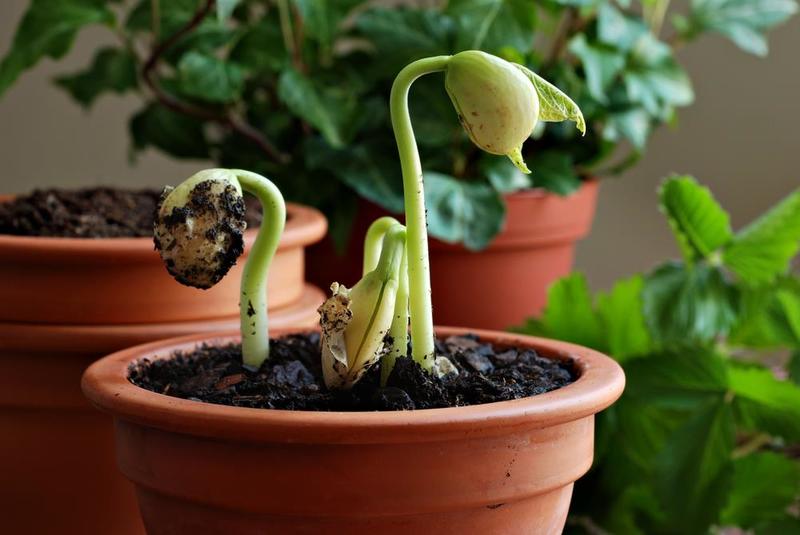
To plant seeds directly, sow the seeds 1-2 inches deep in the soil, sowing them 3-6 inches apart for bush beans and 6-10 inches apart for vine beans. The rows should be about 30 inches apart for bush beans, and about 36 inches apart for vine beans. Press the soil down firmly and water well. For vine beans, now is the time to place your stakes in the ground, ready for the beans to climb once they have germinated. It takes the seeds 4-7 days to sprout. Soil temperature needs to be over 65°F for germination to occur. If necessary, use plastic mulch to warm your soil.
Step 5: Support your plants
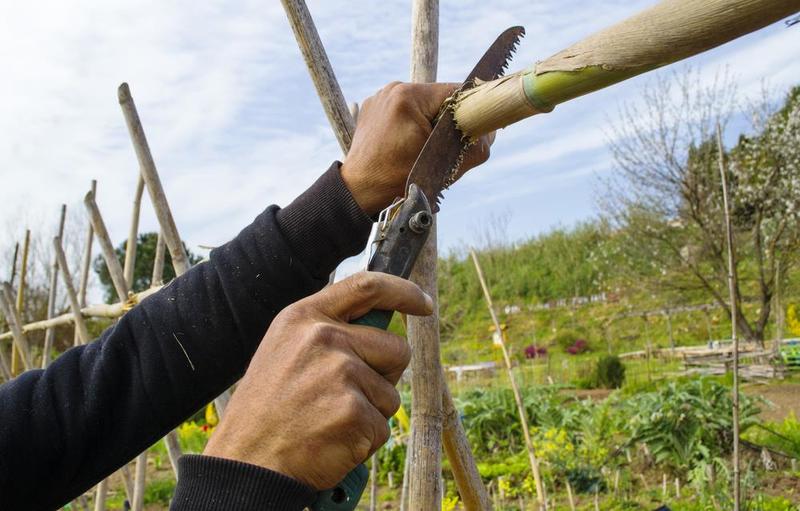
Stakes or supports are essential for beans to reach their full growing potential, especially indeterminate beans. Set them in as soon as possible, preferably at planting time as said before, so that they cannot harm the plants’ extensive root systems. Putting stakes beside each bean plant will allow them to develop straight upwards without invading the others’ space.
Step 6: Water regularly
Supplying water regularly is one of the most important aspects when growing lima beans. Water regularly and deeply, rather than too often. Do not soak seeds before planting because they can crack. Also, do not over- water after sowing because lima beans can drown. It is advisable that you should irrigate the soil directly, and not spray the foliage. The delicate lima plants are susceptible to fungal or bacterial infections if too wet. One useful way to help retain soil moistness is to use mulch. As mentioned before, mulch will help keep the soil warm and will slow down the speed of evaporation on those hot summer days.
Step 7: Feed your bean plants
It is not vital to spend too much time on feeding lima beans. They just need a moderate amount of organic matter, such as mature garden composts. In mid-season, you can mulch with compost again to give plants a boost for the rest of the season.
Step 8: Get rid of pests
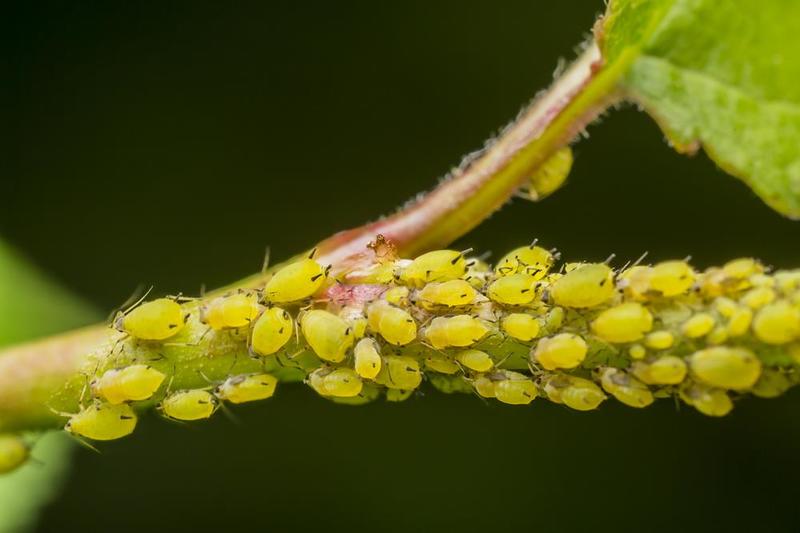
Just as people enjoy lima beans, they are also delicious for pests such as mites, aphids and beetles. Hence, make sure that your beans are out of their reach or else all your time will have been wasted. First of all, examine your plants frequently to spot any signs of pests as soon as possible. If you do find any, identify them and utilize the correct pest control methods. There are many simple ways to deal with pests yourself, or if you prefer, you can call in the professionals. However, bear in mind that prevention is better than cure. It helps to keep your garden in a good condition and remove all debris and dead foliage. A messy garden attracts pests that will be detrimental to your delicate bean plants.
Step 9: Harvest your beans
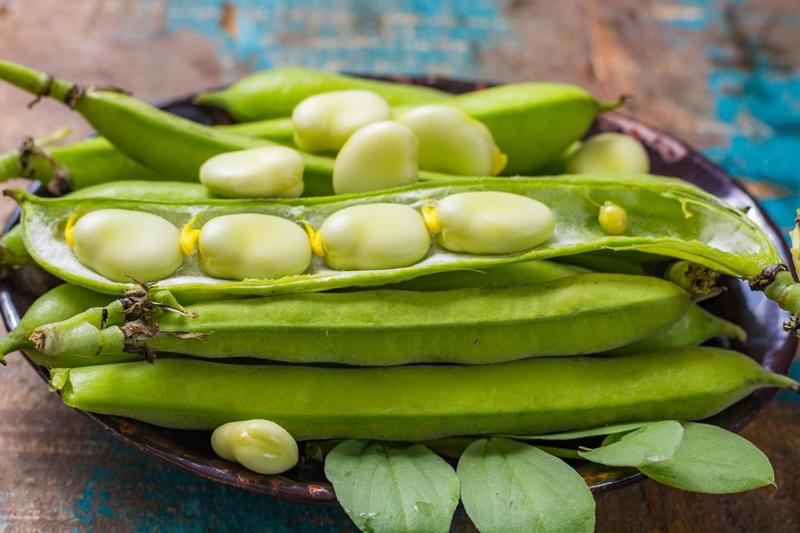
You can harvest bush varieties 60-70 days after planting, and pole beans after 85-90 days. When the flowers have died, tiny pods will appear. If you’re growing bush bean, all the pods will come at the same time. If you choose a pole variety, you will have a continual crop over about a month, and will need to pick off the pods regularly throughout this time. You’ll know when the pods are ready to be picked by their appearance. They should be plump. Secondly, gently tug a seed pod that looks ready. If it separates easily from the vine, your beans are ripe. If it clings to the plant, leave it alone for a few more days. Try to harvest all mature beans as soon as they are ready otherwise they will become mealy. Cook lima beans right away or dry them out for long-term use.
You May Also Like
Conclusion
Lima beans are such a nutritious addition to your family menu that growing some lima bean plants in your garden is a worthwhile pastime. Always pay attention to a fact that lima beans are susceptible to disease, so give them a bit of extra time and care. All you need to know about growing lima beans has been summarized for you here. Follow our easy instructions and in next to no time you’ll have a bumper crop.
Last Updated on



Wooow excellent information thanks for helping out sir